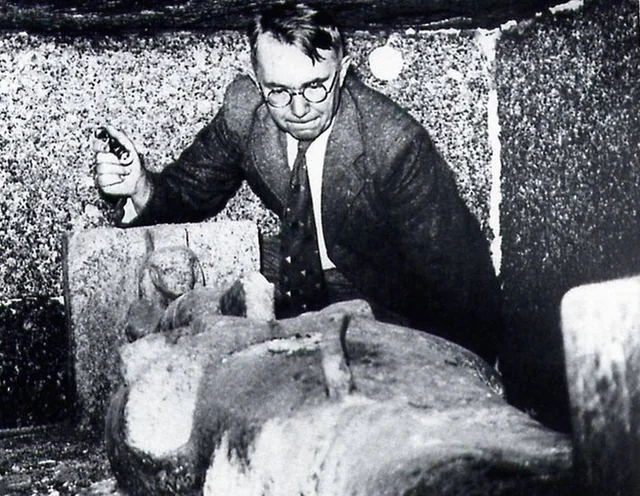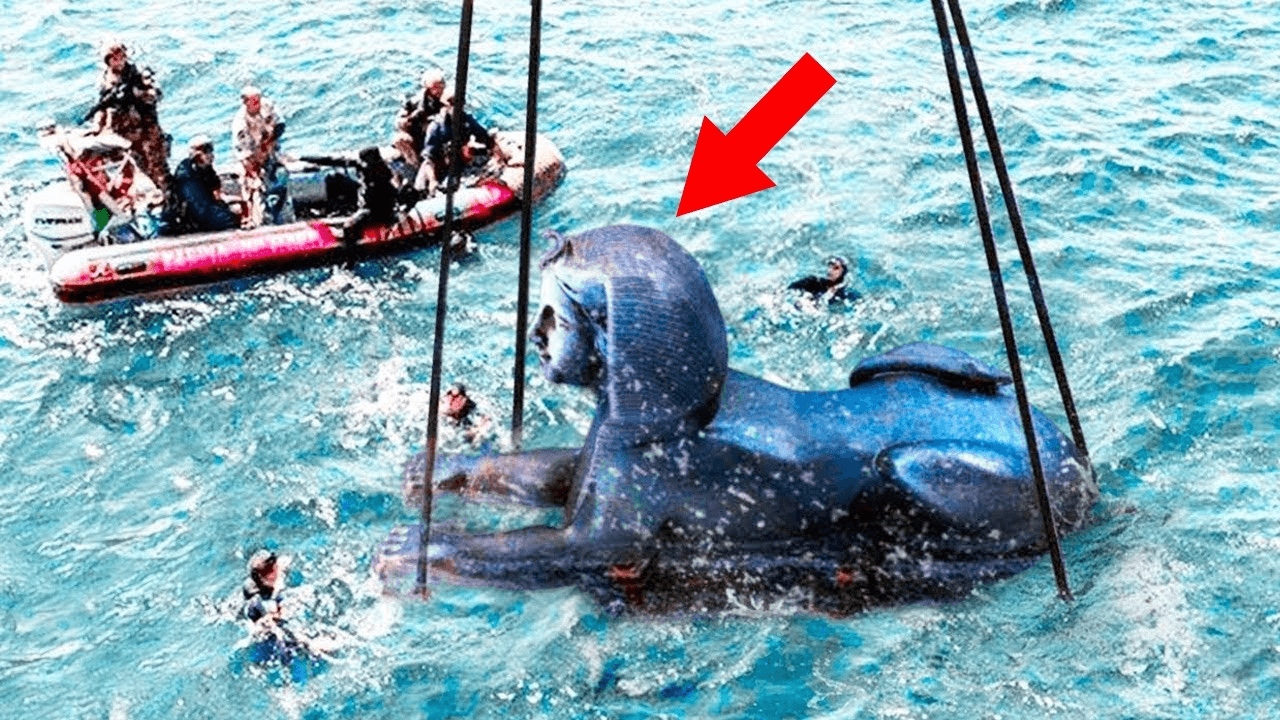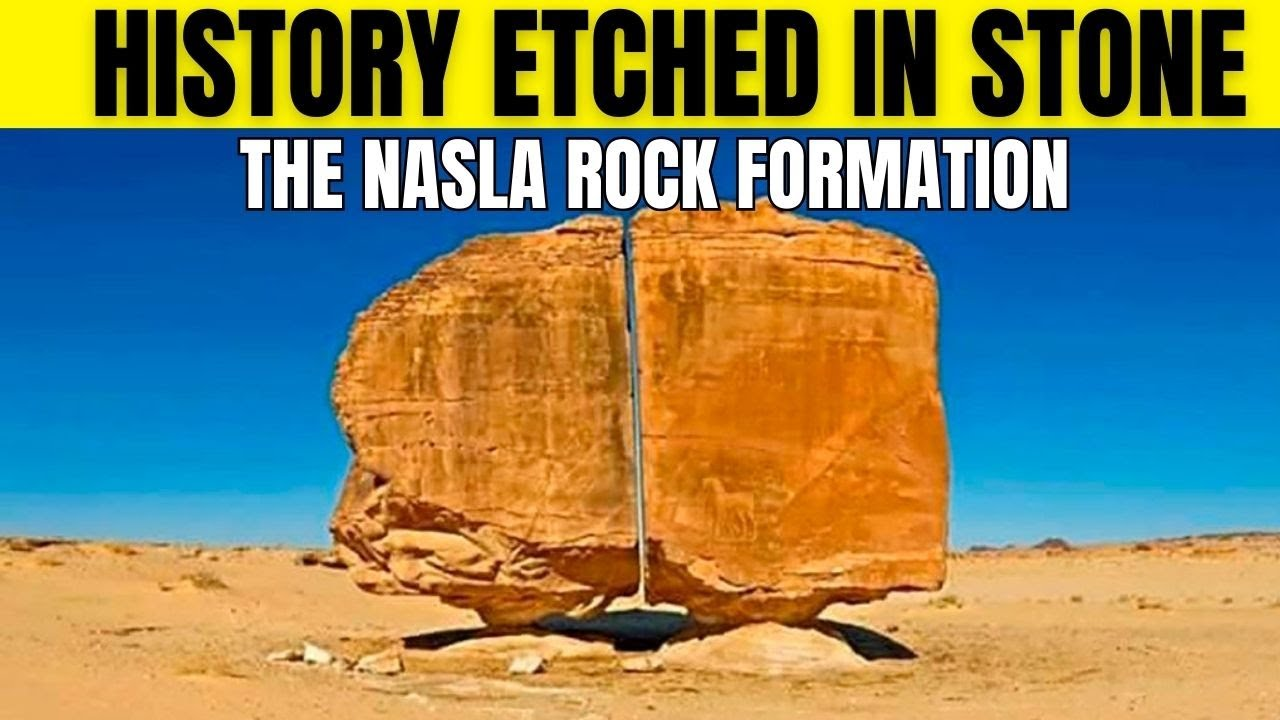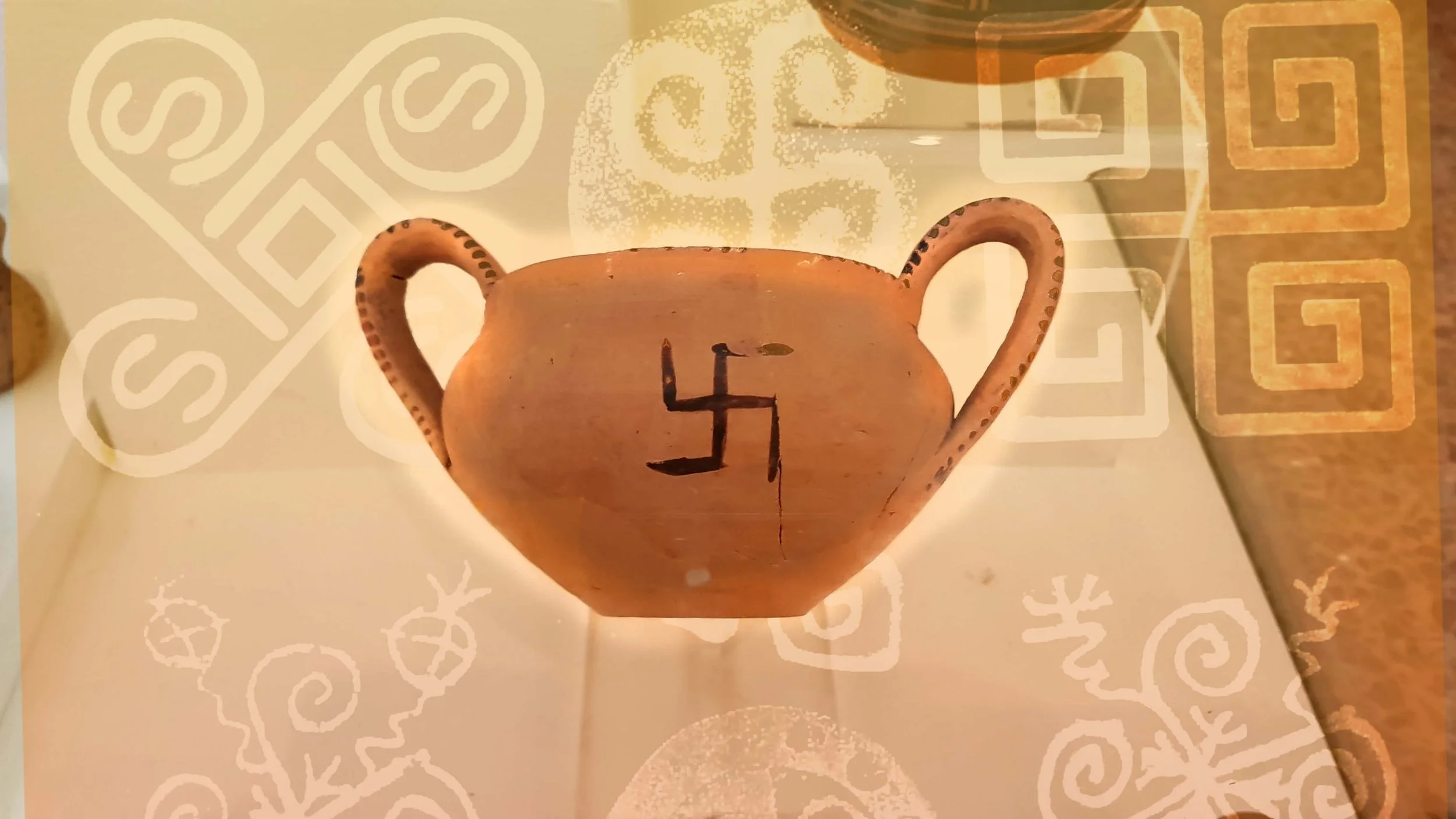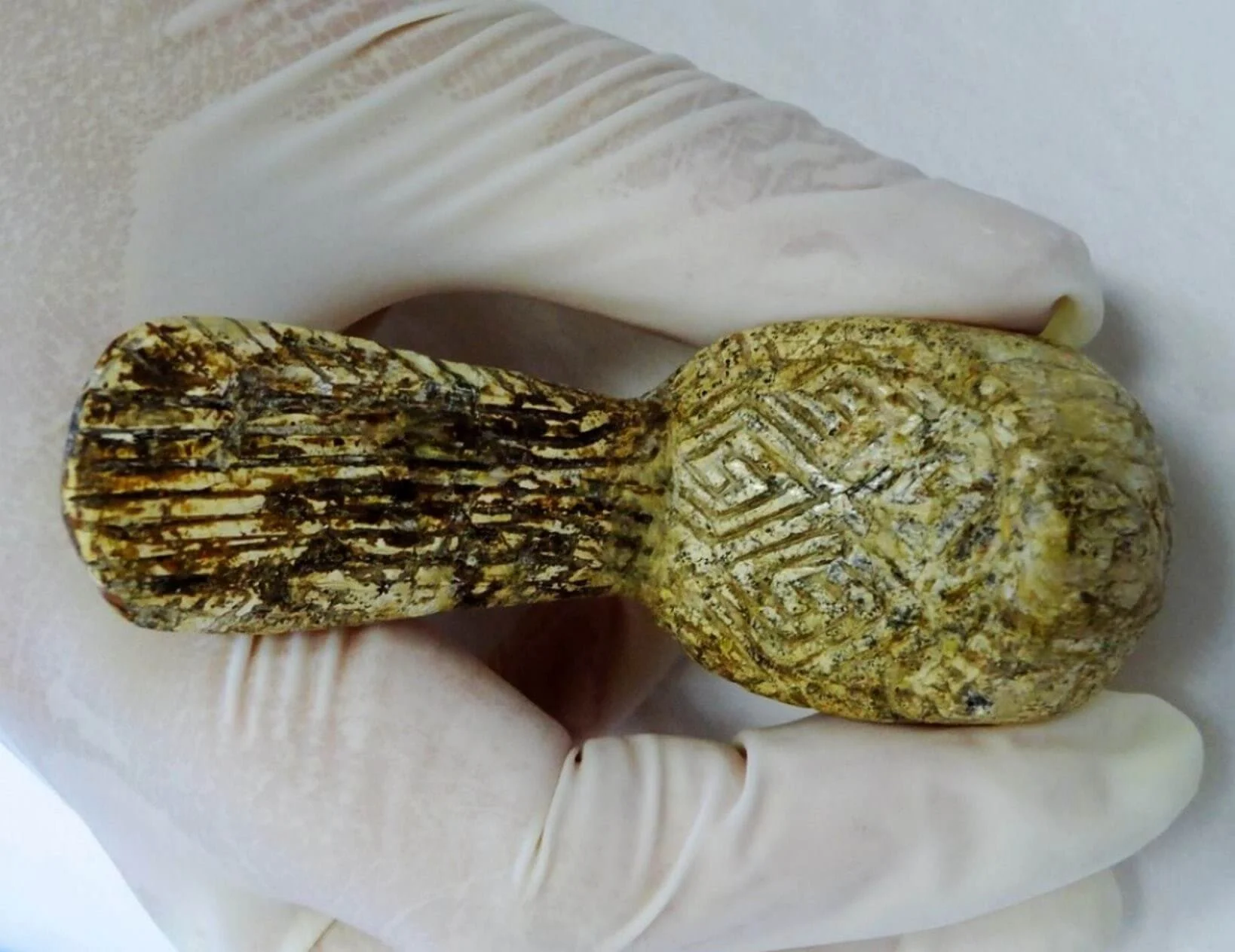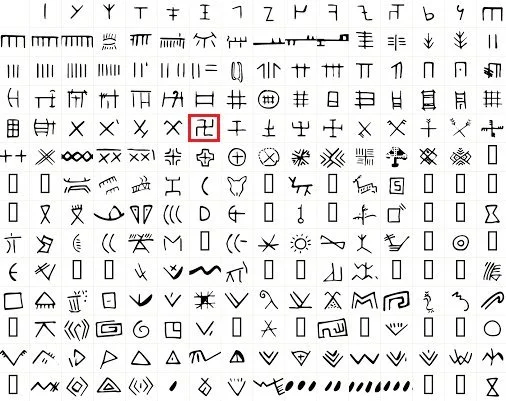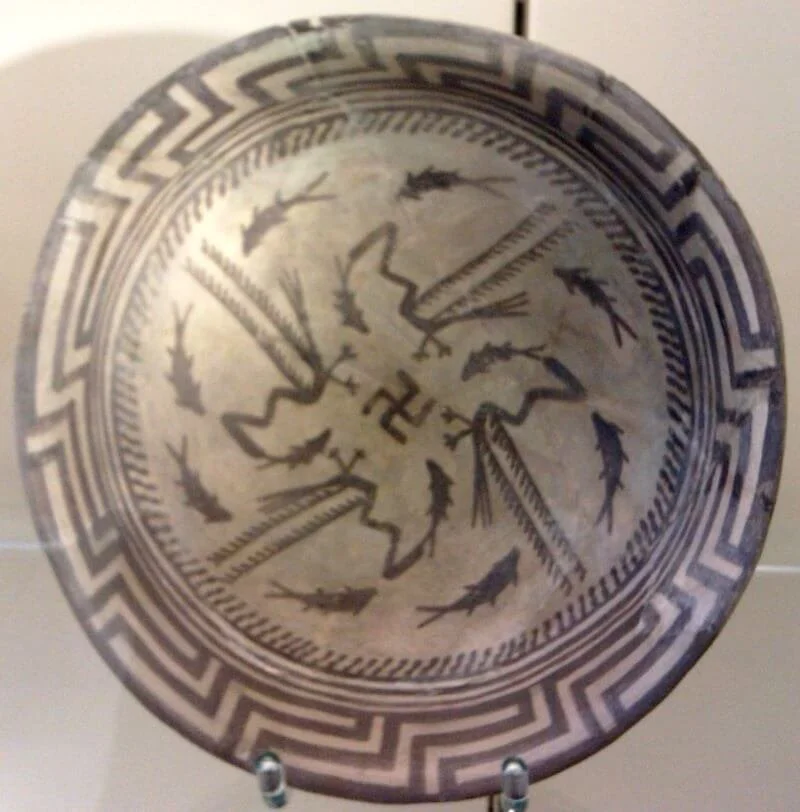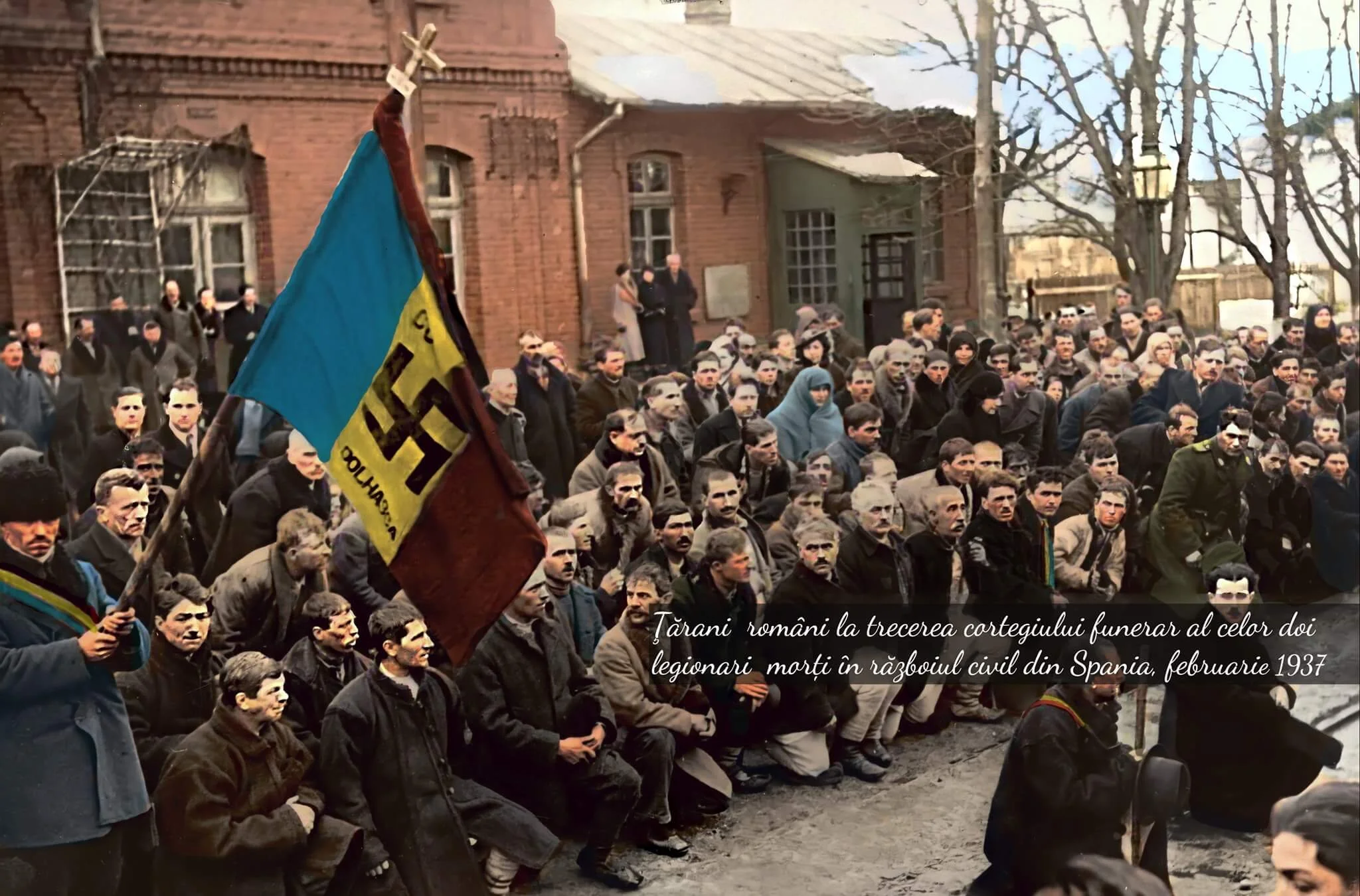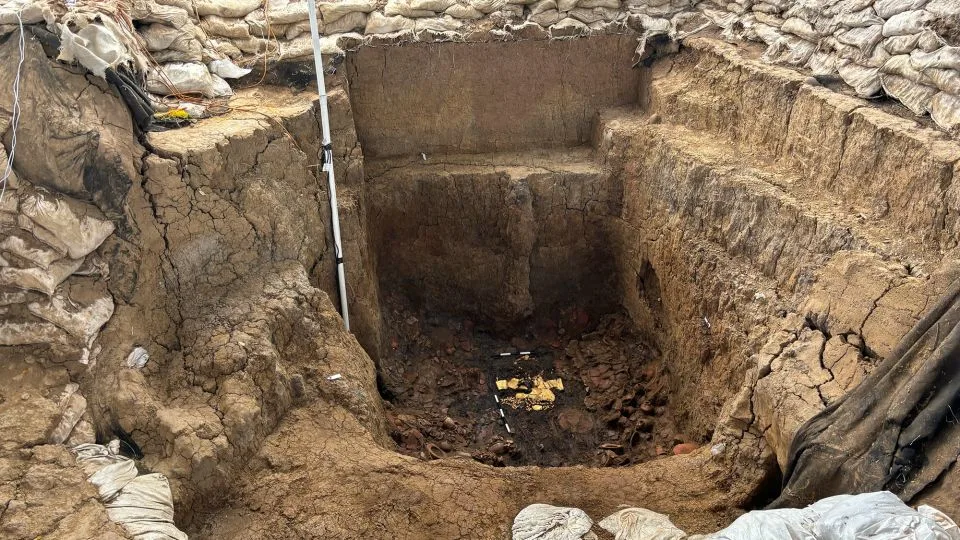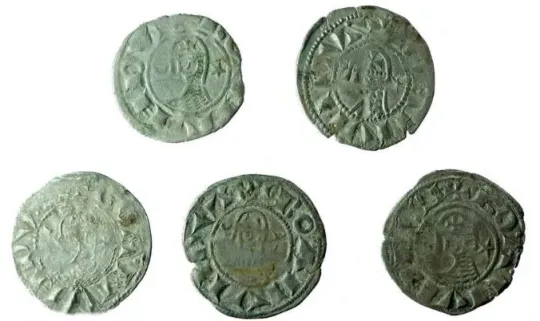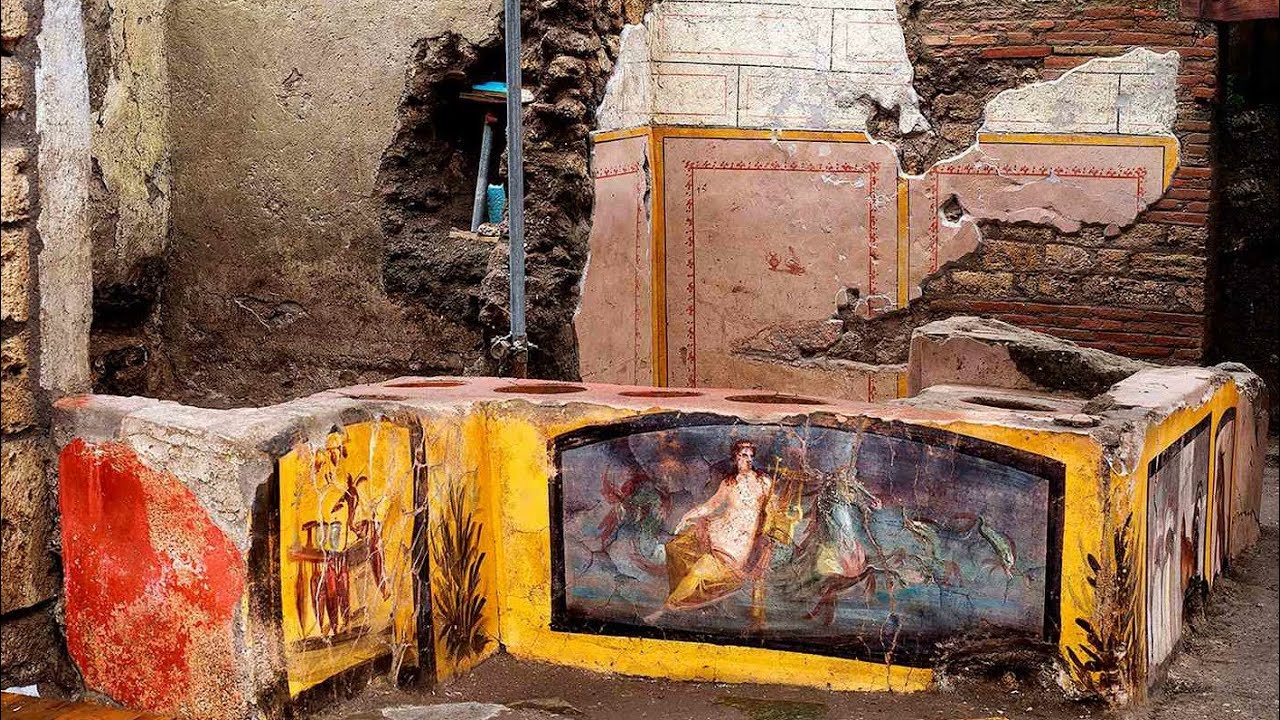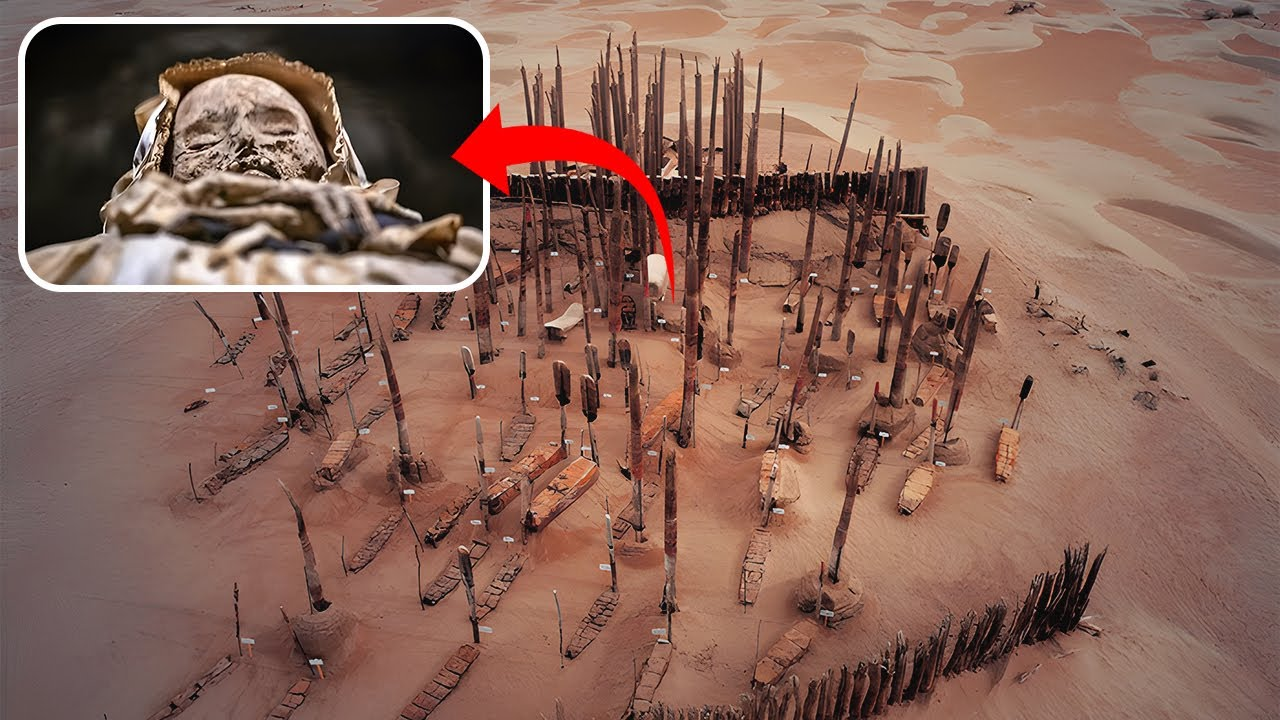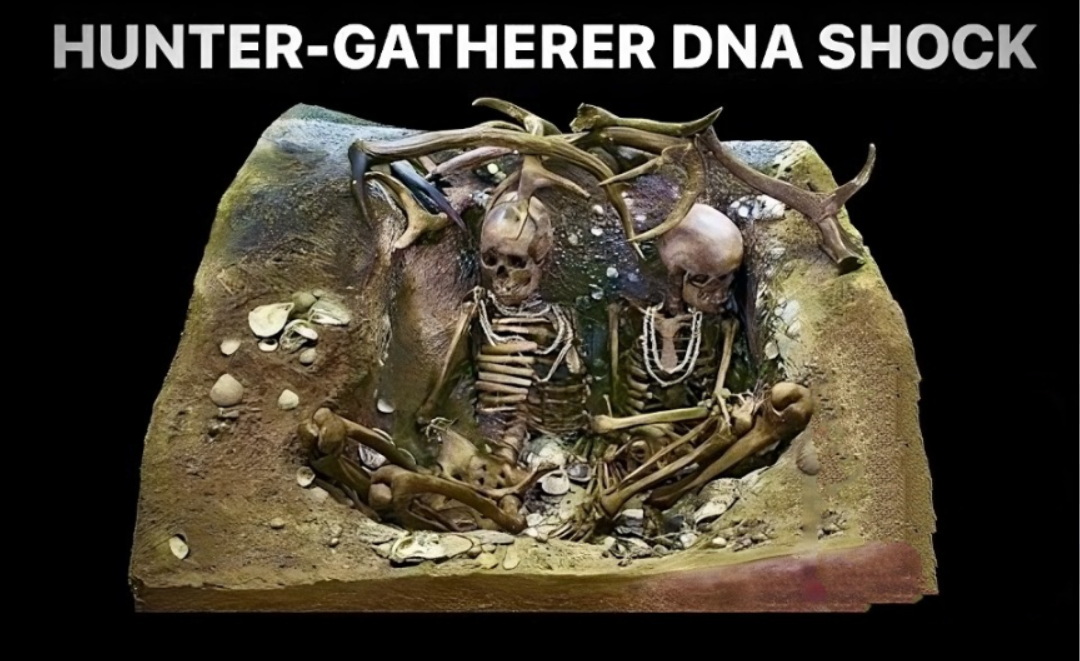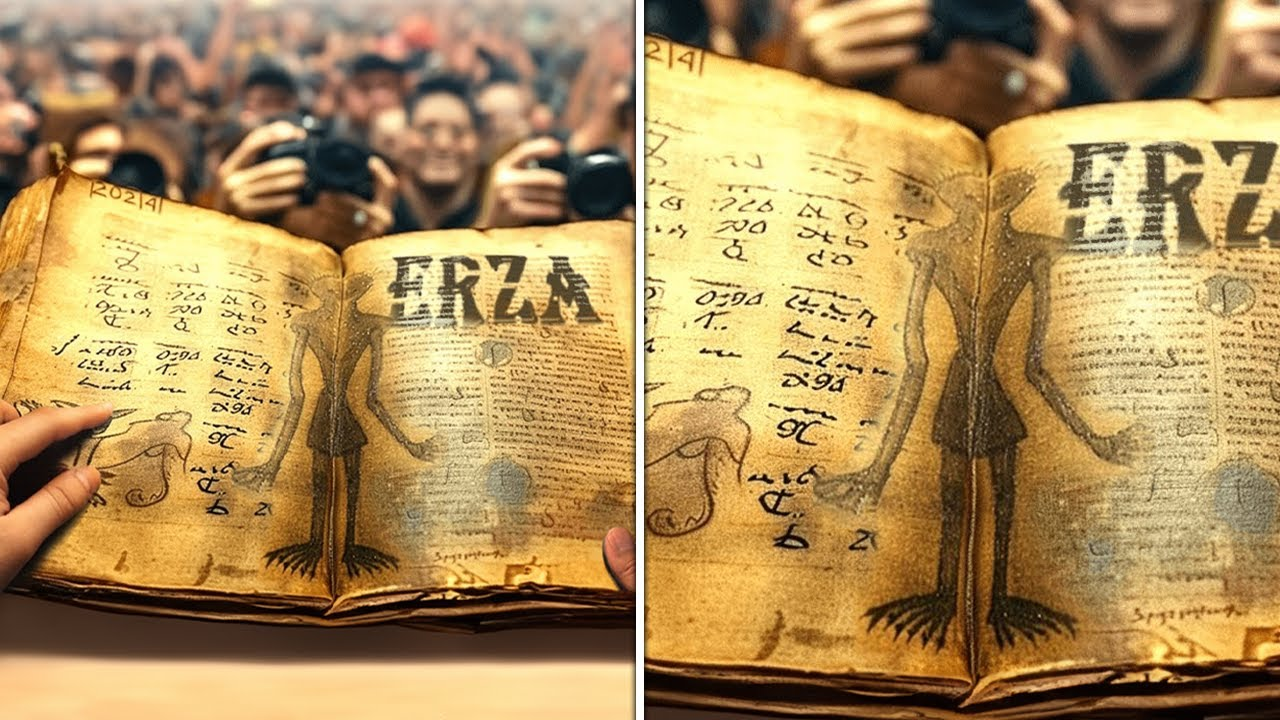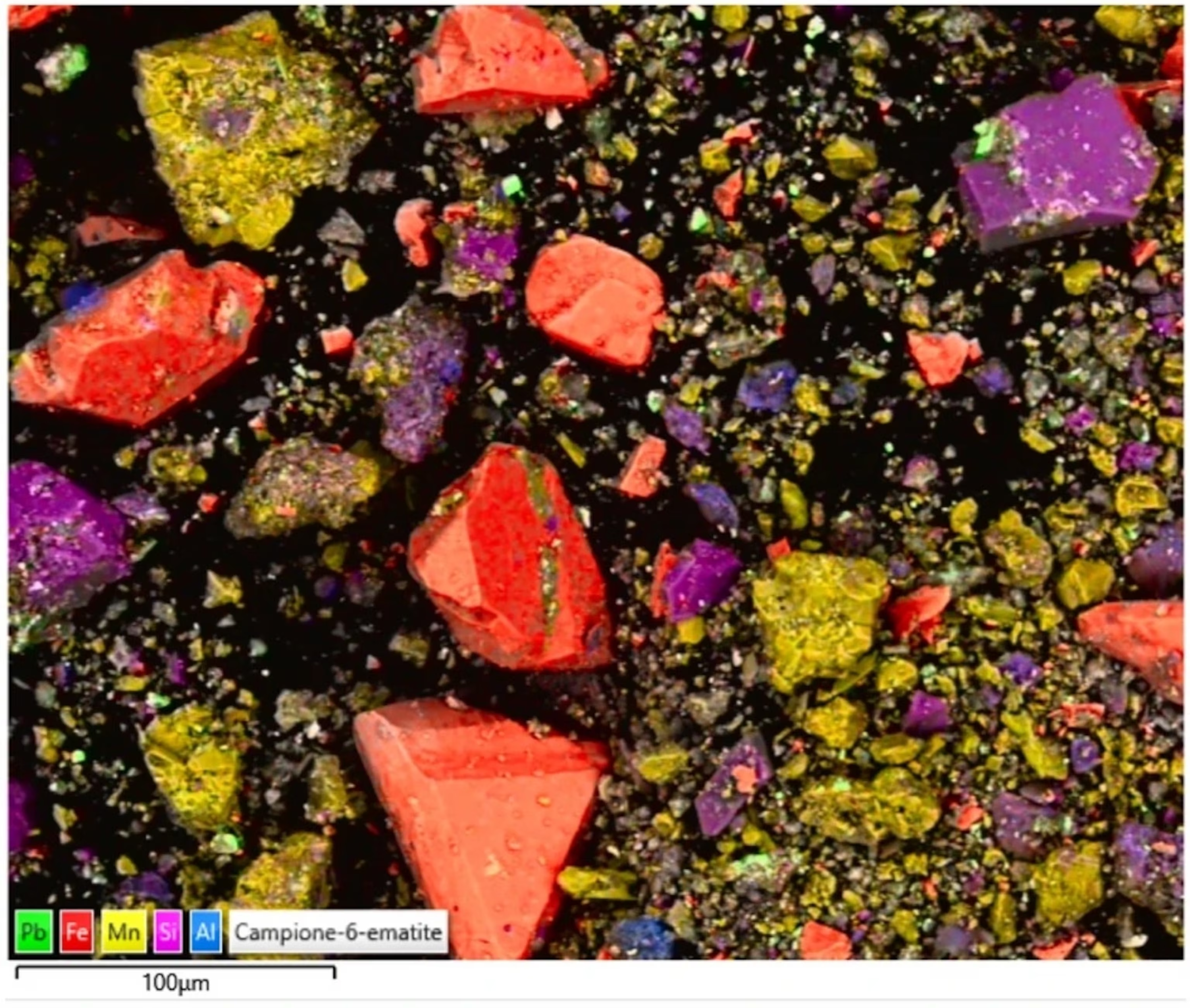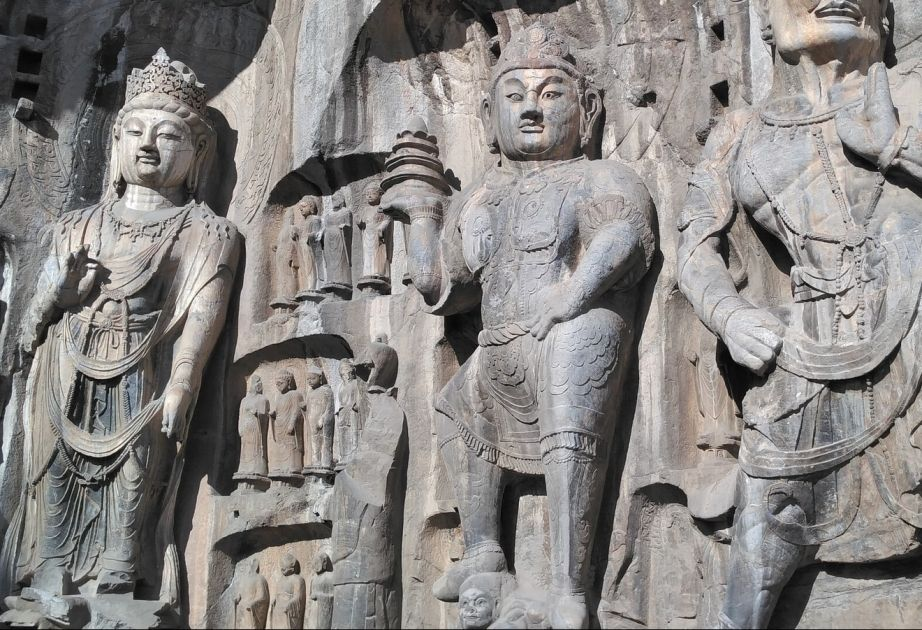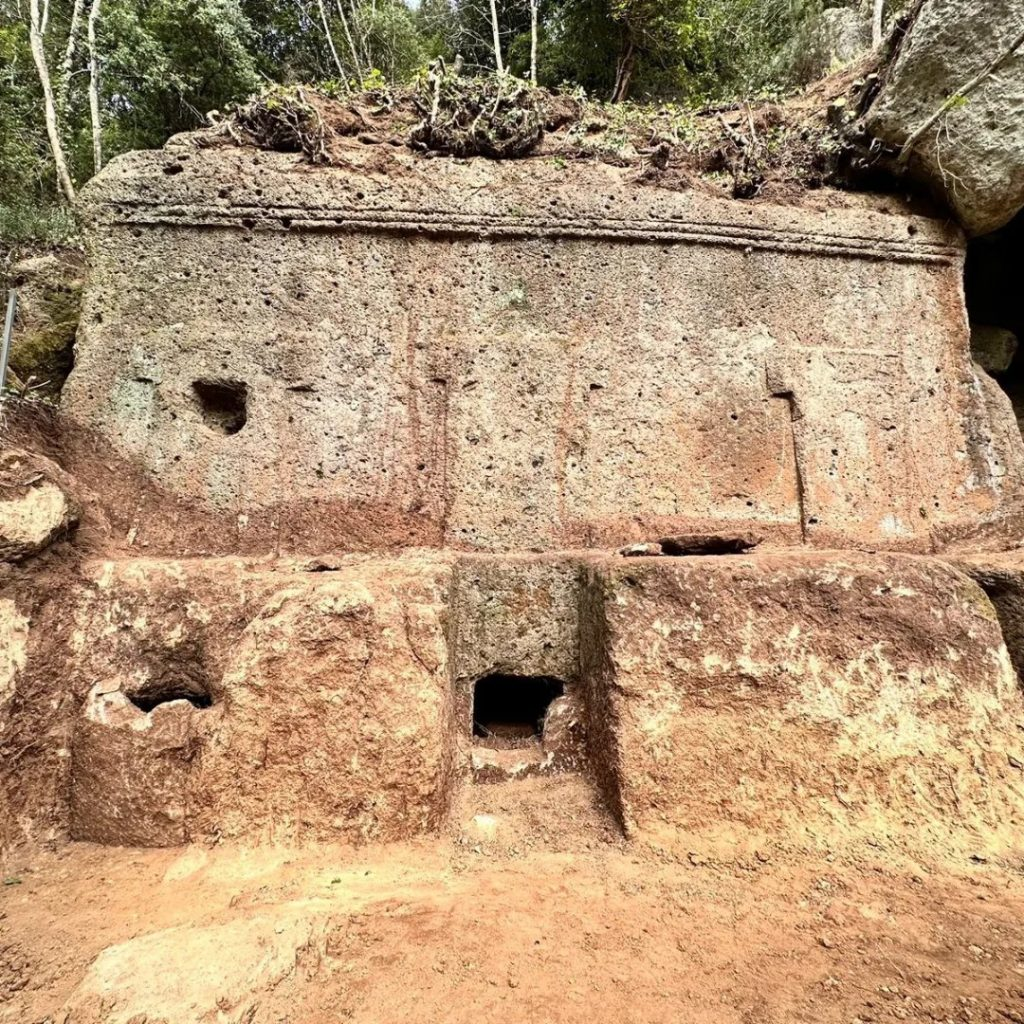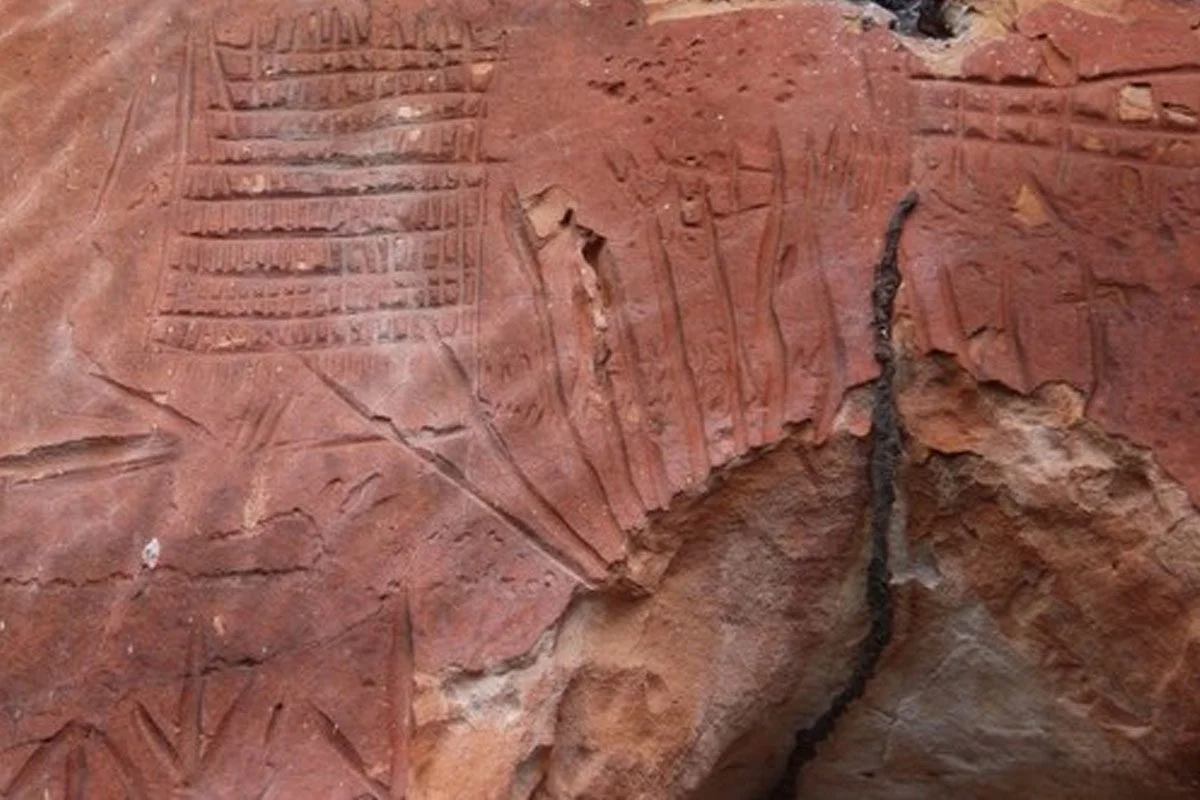Pierre Montet was an interesting archaeologist. His excavation is one of the most amazing ones in the history of archaeology because he did it during World War II. There was a war raging around him; north Africa had a war going on, and he was excavating a royal tomb. Very difficult!
Excavation of Montet at Tanis 1940 Pierre Montet
Pierre Montent’s Early Life and Career
Montet started his career in the 1920s in the Levant (Lebanon, Syria), and he discovered many objects with the names of Egyptian kings. And he became interested in these foreign exchanges. So he decided to excavate in Egypt.
Now where is he going to pick? The Delta. The Hyksos had been there, and now, the Libyans were there. So he goes to the Delta, and he excavates at Tanis. He excavated at Tanis because he wrongly believed that that was the biblical city of Ramses. Because it had all those big statues of Ramses.
It was a reasonable guess. But they had been brought there from the last dynasty. They had been hauled there by the new dynasty. So he was wrong about that, but his selection of a dig spot was perfect.
Unveiling of Dynasty XXII
In 1939, he excavated at Tanis at the Temple of Amun. And he decides to pick up the paving stones of the temple itself. In other words, temples aren’t just built on mud. You have paving stones. He removes the paving stones, and he finds a tomb, a royal tomb. He enters the room, and he finds that it’s been robbed; it’s been plundered. But there in that tomb are the remains of the burials of the kings of Dynasty XXII. So there are many objects still there, and this is an important source about how we learn about this dynasty.
But the story doesn’t end there. Behind that plundered room was another room, intact. A hidden room. And when he entered, he found inscriptions on the walls that said it was the tomb of King Psusennes. And there was a solid silver coffin. But it wasn’t for Psusennes. It was for this next king that nobody knew anything about, Sheshonq II.
Without Montet’s excavation, we’d know nothing about this king. But think about it; we have an intact royal burial coffin, solid silver. It has a gold mask inside. There are also little coffinettes. The internal organs were taken out and placed in Canopic jars. Tutankhamun had very special ones. His Canopic containers were little coffins—four of them for the liver, stomach, intestines, and lungs. Sheshonq II had exactly the same thing. Little coffinettes.
Behind that tomb was another intact tomb. That’s where Montet found the intact burial of Psusennes I, the king. And it didn’t end there. Montet really found four virtually intact burials. When he got to Psusennes’s burial, he had to chip away a granite plug about five feet by five feet. It took him six days before he got into the tomb. They really wanted to prevent robbers from getting in, and they succeeded.
Golden Temptation
There’s a funny ending to the story! He found this intact burial, and another chamber was still behind it. Now, he’s working pretty much in secret. He doesn’t have guards. There’s a war going on. He doesn’t want anybody to know he found gold and silver. He’s not broadcasting to the news media. Saying, “Come on in and take pictures,” is not like Tutankhamun.
But word gets out, of course. You can’t keep such a thing a secret; he’s got workmen. And who shows up on his excavation? King Farouk of Egypt. King Farouk arrives one day and gets a tour. Montet explains that there’s an intact tomb there, but he’s not ready for it because he’s got to consolidate what he’s got so far. Farouk says, “Open it.” It’s his country. Montet opens it. And it’s another intact tomb of the son of Psusennes, Amenemope. So he’s got another intact tomb. And it didn’t even end there. In 1946, he found still another intact tomb of a general.
So, Montet really supplies us with an awful lot of information about Dynasty XXI and Dynasty XXII. It’s a fantastic treasure that people just don’t know about. Montet only published it in French. You can’t get an English translation of his work. But if you want to see the treasures, go to the Egyptian Museum in Cairo, and on the second floor are these silver coffins, gold masks, and wonderful treasures rivaling Tutankhamun. But hardly anybody knows about them. It’s an amazing discovery.
Common Questions about the Role of Pierre Montent in Egyptian Archeology
Q: Why are most people unaware of Pierre Montent’s excavation?
Pierre Montent, a French archeologist who lived in the 20th century, conducted excavations during World War II. During his excavations, much of his work went unnoticed around the world due to the war; to this day, many don’t know of his great discoveries.
Q: How did Pierre Montent discover the four intact tombs of Dynasty XXII?
During his excavations, Pierre Montent visited Tanis in the Delta. He believed Tanis to be the biblical city of Ramses the Great, which was wrong. However, he decided to examine the paving stones of the temple of Amun, among which he found the four intact tombs of Dynasty XXI and XXII.
Q: Why did Pierre Montent become interested in excavating in Egypt?
Pierre Montent began his work in the Levant, in Lebanon, and found there many objects with the names of Egyptian kings. So he became curious how these objects had been exchanged between Lebanon and Egypt. To find the answer, he carried out the excavations in Egypt.

